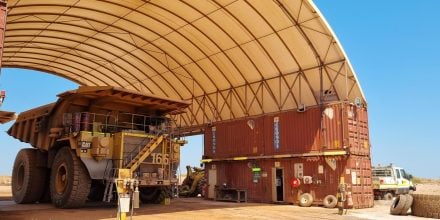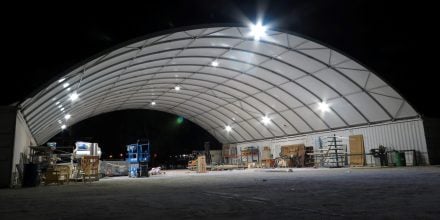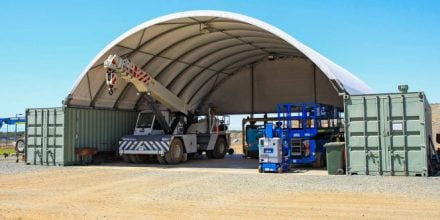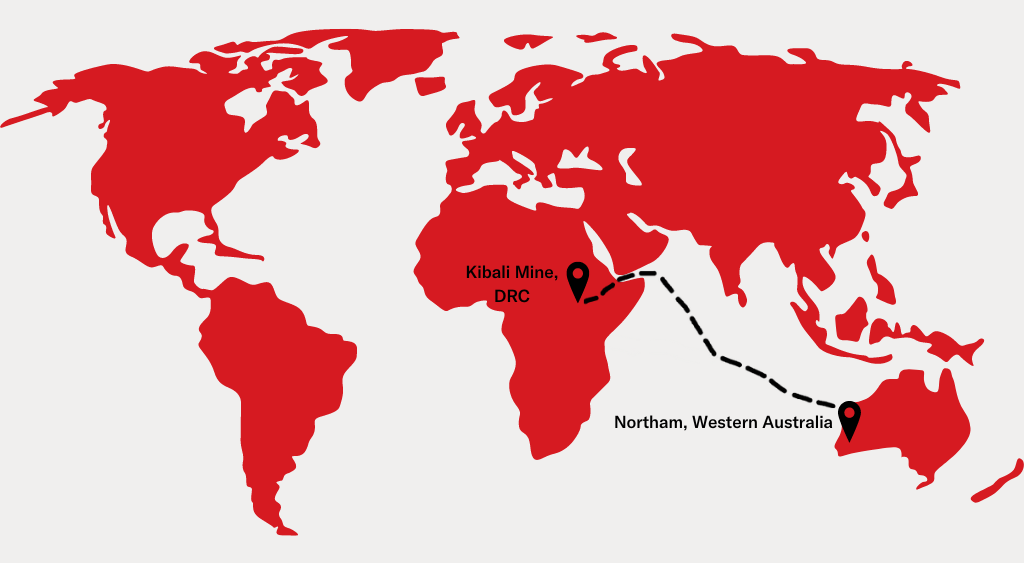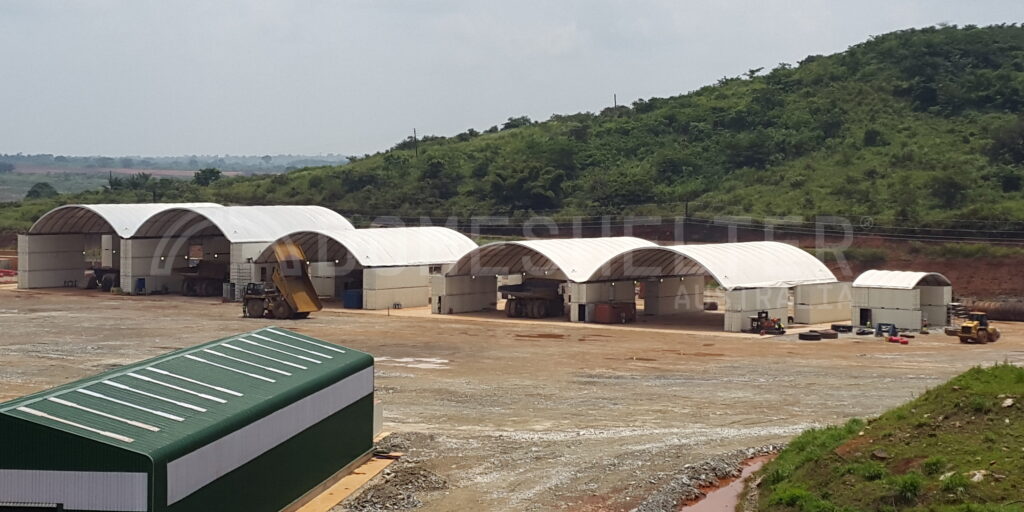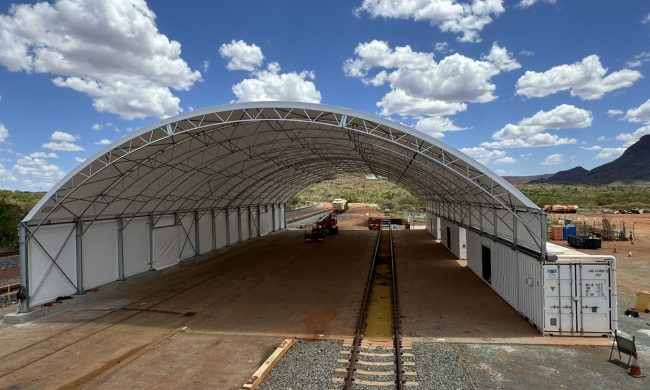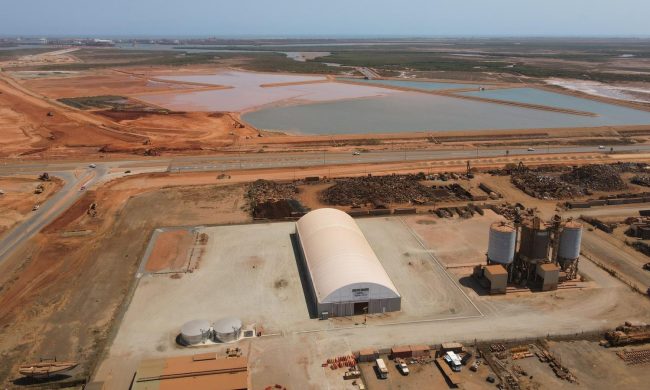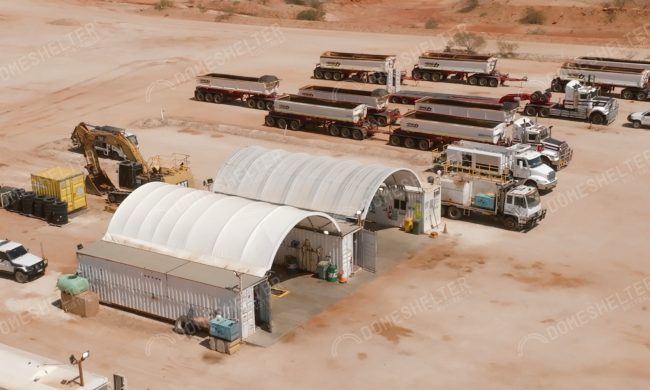
Kibali Gold Mine is a combined open pit and underground mine located in the northeast of the Democratic Republic of the Congo. By area, Kibali is one of the largest mines in Africa.
The mine is a leading supplier and exporter of precious stones and minerals from Africa, in partnership with small scale miners in Kenya, Uganda, Tanzania, Ghana, and DRC. It has so far produced nearly 400,000 ounces of gold.
The sprawling mine includes facilities such as sulphide and oxide plant, capable of processing 7.2 million tonnes of one per year, three hydroelectric stations, a backup thermal power generator, and separate storage facilities for cyanide and flotation tailings.
The Brief
Barrick Gold Corporation and AngloGold Ashanti are co-owners of the Kibali Mine. Barrick operates the mine which comprises both open pit and underground operations.
Bouygues Constructions are responsible for civil works at the Kibali Gold Mine. They worked closely with Europe Foundations to come up with a solution to the workshop facility needs at Kibali; Shelter was required to ensure activities, particularly related to vehicle maintenance, could be completed efficiently and staff and assets could be protected from harsh elements.
Our Solution
Located in remote Africa, they needed a solution that could be easily transported and installed without comprising on size and durability. They also needed it to be delivered in a short time frame while remaining on budget. A number of large DomeShelter™ Structures were provided for use on site. They serve a range of purposes, from Maintenance Workshops and Lubrication Bays to Boilermaker Workshops and Tyre Bays.
DomeShelter Australia worked closely with Bouygues and Europe Foundations to design facilities that met their requirements. Made in Australia to international standards, DomeShelter™ Structures are proven in even the harshest conditions, manufactured with high-quality Australian steel and tear-proof Armourtex™ Fabric Tarp.
Our DomeShelter™ Logic principles focus on efficiencies and effectiveness, helping to ensure all Shelters can be intelligently packaged inside shipping containers for ease of transport, even to the most remote sites. The Shelters were able to be installed by local teams on site.




